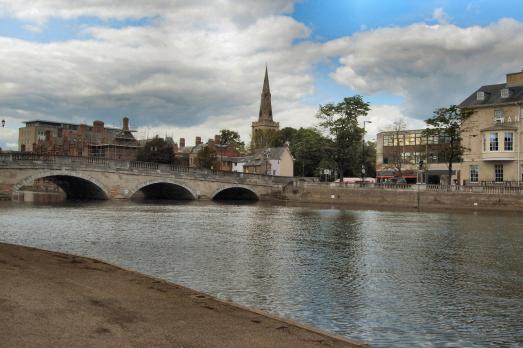
St Paul
Bedford, Bedfordshire | MK40 1SQ
Bedford's principal parish church and county church of Bedfordshire, has an imposing site at the heart of this busy market town, close to the main bridge over the river.
Search for a fascinating place to visit, or see the variety of churches, chapels and meeting houses we have supported.

Bedford, Bedfordshire | MK40 1SQ
Bedford's principal parish church and county church of Bedfordshire, has an imposing site at the heart of this busy market town, close to the main bridge over the river.
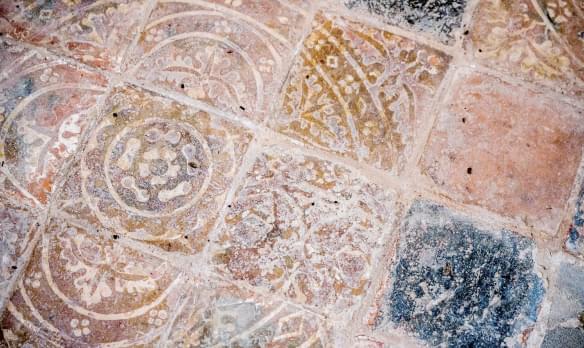
Stoke Newington, Greater London | N16 7ED
A place of tranquillity and beauty.
We have supported this church
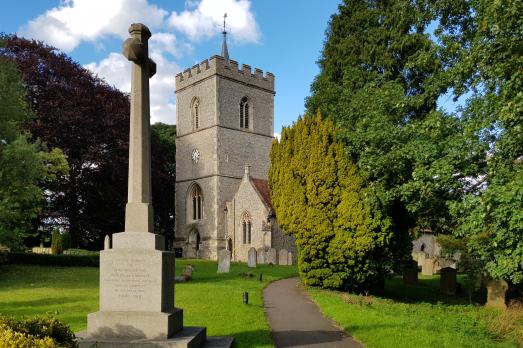
Codicote, Hertfordshire | SG4 8XX
Our listed church is over 910 years old with many Arts & Crafts decorative items, family histories and memorials, and a great welcome for everyone.
We have supported this church
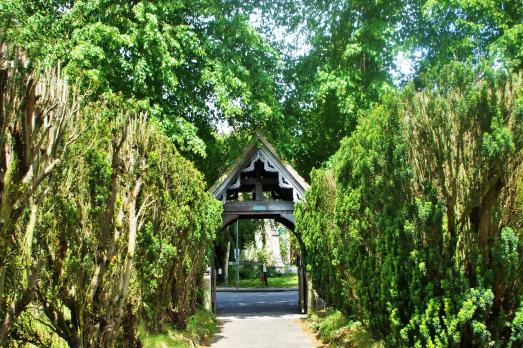
Maresfield, Sussex | TN22 3DP
St Bartholomew's dates back more than a 1,000 years and is in the centre of the historic village of Maresfield in East Sussex.
We have supported this church

Rotherhithe, Greater London | SE16 5HF
Holy Trinity is set in an ever changing part of the London Docklands, with new developments on the go or still on the drawing board.
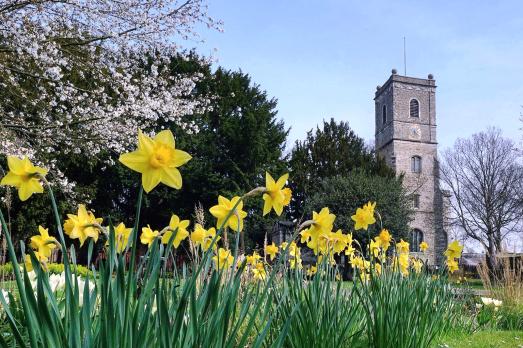
Lewisham, Greater London | SE13 6LE
This inner city church has served and stood at the centre of the Lewisham community since at least 1100 AD, it's history and building throughout the centuries record many remarkable stories for you to discover.
We have supported this church
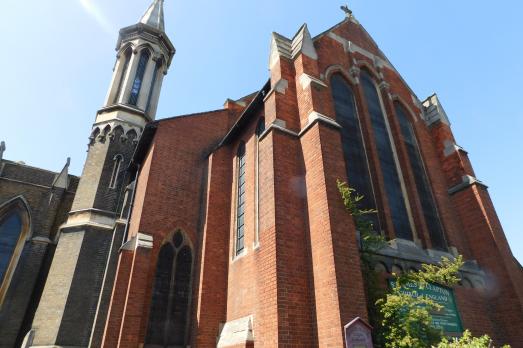
Clapton, Greater London | E5 8EG
A warm welcome awaits you no one is turned away.
We have supported this church
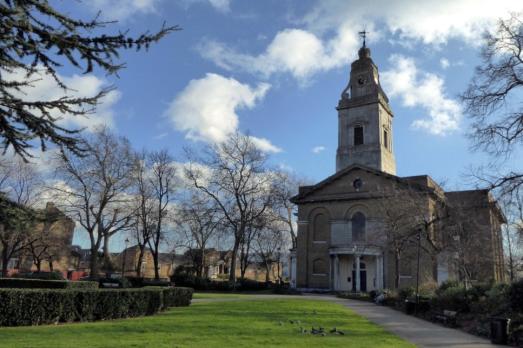
Hackney, Greater London | E5 0PD
Built in 1792 on a Greek cross plan, this huge structure stands on the site of the old church of St Augustine, dating back to 1275.
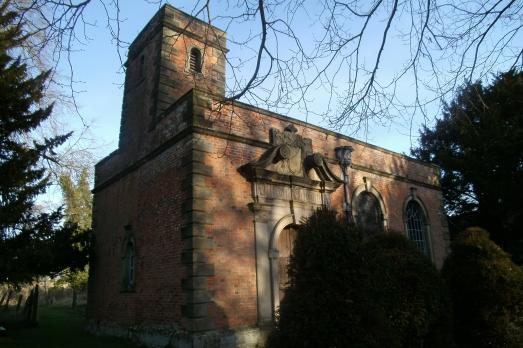
Trusley, Derbyshire | DE6 5JG
In a small, very rural hamlet, Trusley's formal little church is a surprise, being built of red brick in the classical style and dating from 1713.
We have supported this church
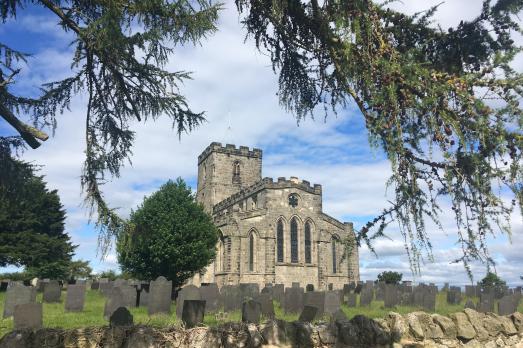
Breedon on the Hill, Leicestershire | DE73 8AJ
St Mary & St Hardulph is a remarkable church not least for its setting, dominating the local landscape and towering above the surrounding countryside.

Limehouse, Greater London | E14 6EZ
An Italianate inter war church with a fine interior and several original furnishings, the northeast tower and statue of Christ are landmarks designed to be seen from the Limehouse Basin and the Thames.
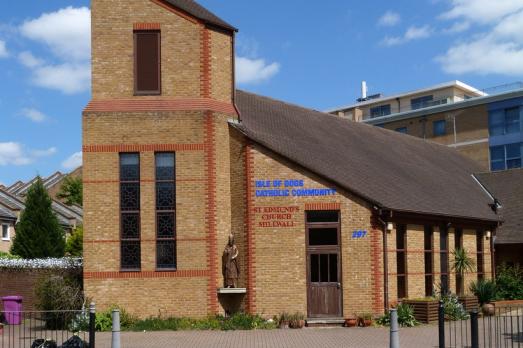
Millwall, Greater London | E14 3RS
The original St Edmund’s church and school were built to serve the 1,000 or so Roman Catholics living on the Isle of Dogs in about 1870.